These are the fascinating Yorkshire buildings listed by Historic England in 2019
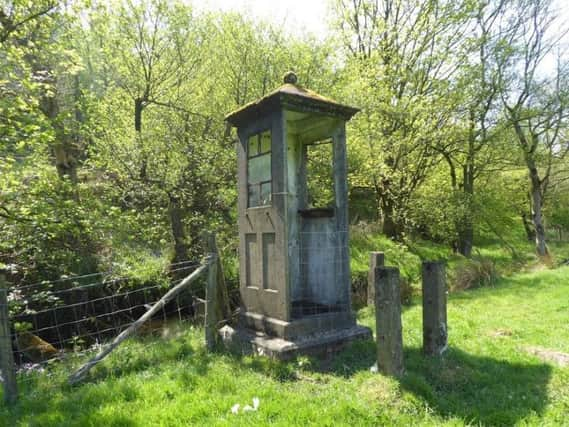

The list includes a large number of village war memorials alongside entries as diverse as an old cinema, a wartime munitions depot, a Victorian pub, a gas decontamination centre, a centuries-old Dales farm, a telephone box and Bingley Station.
The listings, which are mostly Grade II, mean that 42 more heritage buildings and monuments are now protected from development that could harm their character.
Advertisement
Hide AdAdvertisement
Hide AdThese are the Yorkshire buildings that have been added to and removed from Historic England's Heritage At Risk registerOld Picture House Cinema, Bridlington
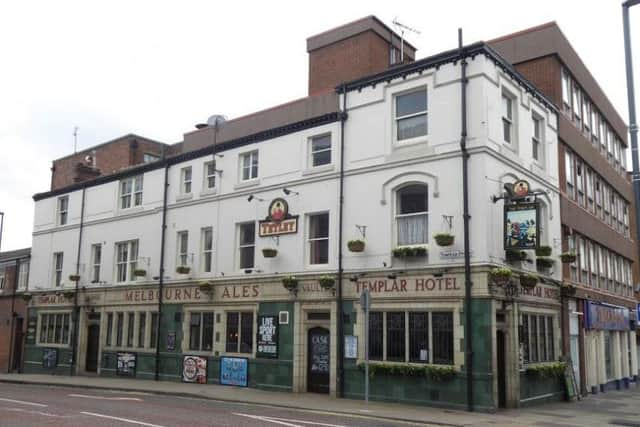

Dating from 1912, this is one of the earliest surviving cine-variety houses in England and has a striking Edwardian baroque frontage. It retains many of its original interiors, including the barrel-vaulted ceiling and balcony. The Picture House represents the transition from music hall entertainment to the age of cinema.
Although it became a cinema in 1912, the building was originally a temperance hall and dates back to 1854. In the 1920s it was renamed the Adelphi. It became a bingo hall in 1961 and is now an amusement arcade and cafe.
Former War Department munitions storage depot, Selby
Few people have ever seen inside the munitions storage facility at Magazine Farm in Barlby, which was built in 1899 and in use until the 1970s.
Advertisement
Hide AdAdvertisement
Hide Ad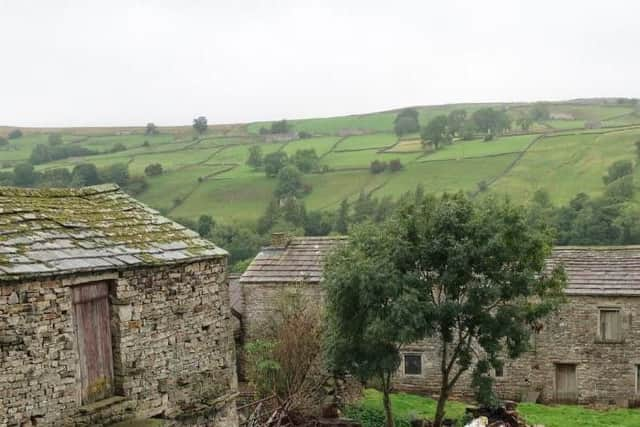

It's a forerunner of the much larger, industrial-scale depots built during World War One. The site still has the remains of supply tramways and signage visible.
The depot was built after a review of munitions supply following the debacle of the Crimean War, although military logistics were still problematic during the early years of WW1.
The War Department constructed a gunpowder magazine with a siding that linked it to the Selby to Market Weighton railway line. It was later extended. The building was open-fronted and there was also a terrace of three houses, a guard hut and latrines. The latter two have not survived. The houses were for Metropolitan Police officers who guarded the site.
By 1905 maps show that a tramway had been added as well as more buildings, including facilities for filling shells and cartridges with explosives.
Advertisement
Hide AdAdvertisement
Hide Ad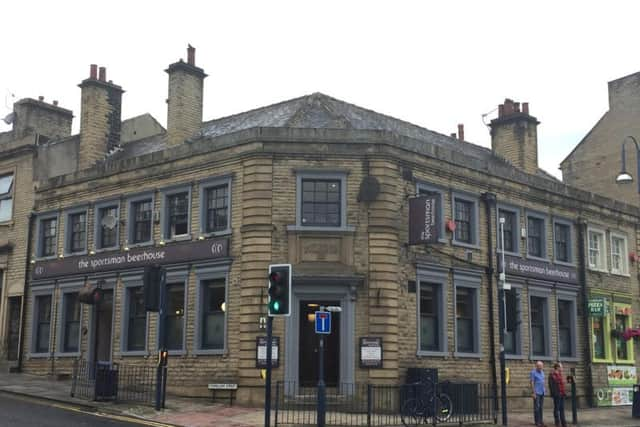

During WW1 the facility was linked with the nearby Ardol chemical works.
Kelham Island: How a rundown industrial quarter became Sheffield's coolest postcodeThe MOD retained the site until the 1970s, when they used it as a store for bedding and clothing. It was still guarded by the Met until it was sold and is now used for farm storage.
Bingley Station
Bingley's railway station was built in 1892 on Wellington Road by the Midland Railway. Its design is elegant neo-Renaissance that reflects the importance attached to even small stations during the railway boom of the 19th century. The exterior still has the emblems and carved initials of the Midland Railway and original features including windows, doors, platform canopies, fireplaces, a roof lantern and gas-light fittings.
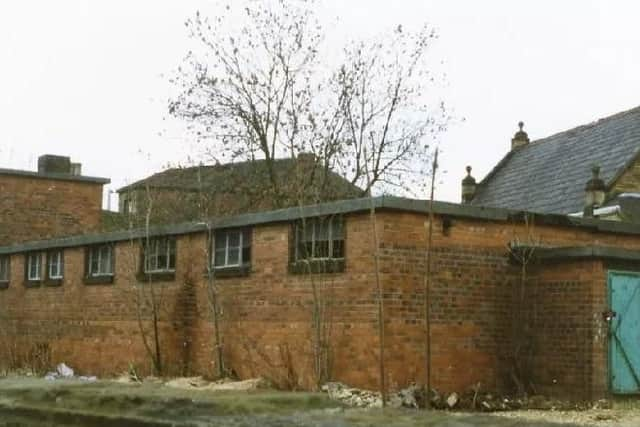

Now part of the Leeds-Bradford Line, it complements other Grade II-listed stations on the route, including Keighley and Skipton.
Advertisement
Hide AdAdvertisement
Hide AdBoltby Reservoir office and blacksmith's shop, North York Moors
These buildings were constructed in 1880 for the Thirsk District Water Company, who sunk Boltby Reservoir.
They are a rare surviving example of a temporary, timber-constructed site office from the period. There is still a blacksmith's hearth and the original fireplace.
They were part of a larger camp provided for the 'navvies' who worked on major public infrastructure projects during the 19th century.
Advertisement
Hide AdAdvertisement
Hide AdMost of the other structures were removed when the reservoir was completed, but the gangmaster's office and smithy were retained to allow ongoing maintenance to take place. They later became a clubhouse for a fishing club. Boltby was used for water supply until 2003, but was then severely damaged in a storm and is no longer in use.
Templar Hotel, Leeds
The Templar is a Victorian pub in Leeds city centre that was altered in 1928 for the Melbourne Brewery. A 19th-century brewhouse attached to the pub is now used for storage.
The Templar's interiors are a good example of 1920s Tudoresque features and the Melbourne Ales signage is still in place.
Horbury Gas Decontamination Centre, Wakefield
Built in 1939, this is one of the few surviving examples of a World War Two gas decontamination centre for civilian use.
Advertisement
Hide AdAdvertisement
Hide AdIt still has the original steel airlock doors and windows with blast protection.
The facility was provided because of a fear that poison gas would be used to attack civilians. Although use of gas was outlawed under the Geneva Gas Protocol of 1925, the British government was worried that Nazi Germany would flout the treaty during wartime. The gas decontamination areas were for casualties to receive first aid treatment and remove contaminated clothing.
The centres were built on military bases and by local councils and were regulated by ARP wardens and the police. Horbury Council began planning theirs in 1937, and employed two decontamination squads once war broke out. After the war, the building was used for storage and was now vacant. It was never used for its intended purpose as gas attacks did not occur during the conflict.
Low Whita Farm, Swaledale
Low Whita is an isolated 17th-century Dales farmstead that is now abandoned. It was discovered this year by National Park staff and the nearest village is Grinton.
Advertisement
Hide AdAdvertisement
Hide AdThe site has a Victorian butter factory and several other well-preserved buildings dating from before 1700. There are three distinct farmhouses, suggesting that the farm was divided between several members of a family rather than passing only to the eldest son.
There were two families of dairy farmers still there during World War One, but one household left after the war.
The houses contains rare examples of folk graffiti on the walls.
The Sportsman, Huddersfield
This pub was built in 1930 for the brewers Seth Senior and Sons, and altered in 1950 by Hammonds Brewery.
Advertisement
Hide AdAdvertisement
Hide AdIt has a detailed neo-Georgian exterior and historic signage. Many of the internal features are original, including bell pushes, a wooden fireplace and hand-painted tiles.
It opened during a time of reform for public houses, when concerns about drunkenness led to calls for them to offer a range of activities. Pubs from this era had dining and functions rooms, gardens, saloons, private bars, smoking and games rooms.
KI telephone kiosk, Newsholme Dean
The MK 235 model of the K1 telephone box was built in the 1920s by the General Post Office. The one at Newsholme Dean, near Keighley, was later moved to a new location alongside the weir at Dean Beck and used to house water-flow measuring equipment.
It's a rare surviving example of the K1, the country's first national telephone kiosk.
Advertisement
Hide AdAdvertisement
Hide AdIt was moved in the 1960s when there were plans to build a reservoir in the valley. The equipment has now been removed and it is disused. Less than 10 K1 boxes still remain around the country.
What else has been listed this year?
- St Helen's Church, Kilnsea
- 18 Crown Point Road and 39 Hunslet Road, Leeds - surviving examples of Victorian workers' housing
- 31 Square Road, Halifax - former Victorian wool warehouses
- Pigeoncote at Sewerby Hall, Bridlington
- Dovecote at 10 Northgate, Hunmanby
- Chapel of rest, Brompton-by-Sawdon
- Low Moor factory explosion memorial, Bradford
- Doorway to grounds of Temple Lodge, Richmond
- Old Byland monastic grange, Ryedale
- Graves of Joseph and Sarah Whitley at St John's Church, Roundhay - they were the parents-in-law of film pioneer Louis le Prince, and appeared in the world's first ever moving picture, 'Roundhay Garden Scene', which was filmed at their home in 1888
War memorials listed this year
Advertisement
Hide AdAdvertisement
Hide AdDenaby; Fairburn; Mosborough; Norton; Woodhouse Mill; Halfway; Hackenthorpe; Pool-in-Wharfedale; Skipsea; Totley; Stannington; Maltby; Grenoside; Knowsley; Highfields; Huggate; Aberford; Wadsworth; Shipley; Haworth; Oakenshaw; Hunmanby.